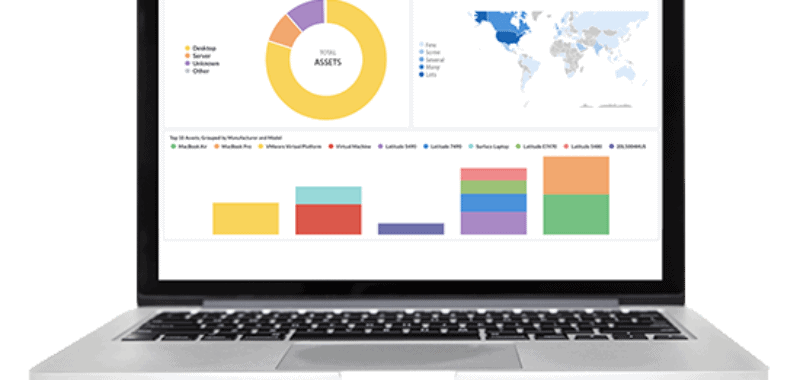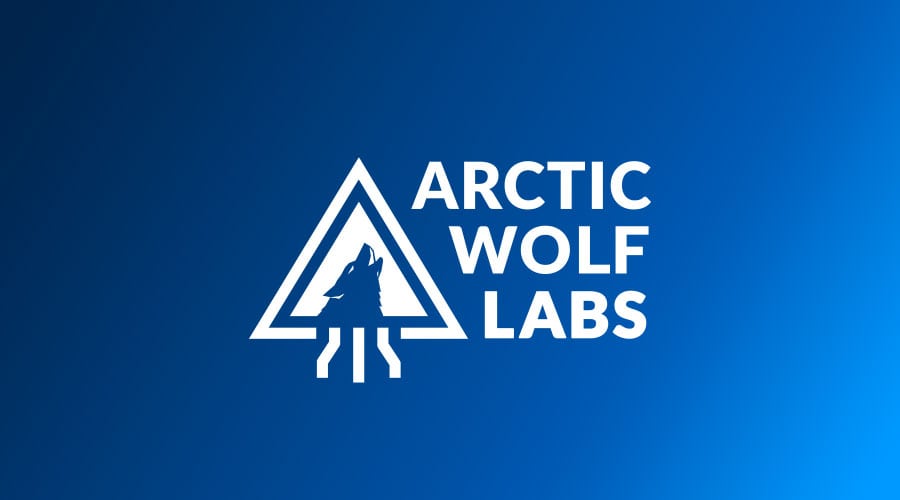From desktop to laptop to servers and even specialized devices, endpoints are crucial to the function of every enterprise. They make up the majority of your architecture, and because each of the thousands or even millions of endpoints you rely on are an entryway into your network, endpoint security is one of the most important initiatives you can undertake to enhance your overall security posture.
What Does Endpoint Security Entail?
Endpoint security involves ensuring every endpoint that accesses your network is actively managed and monitored for potential threats. However, with current shifts towards Work From Home (WFH) and Bring Your Own Device (BYOD) architectures, it can be difficult for IT teams to effectively manage endpoint security in a way that adequately protects your ever-evolving perimeter.
To help overcome security risks, organizations deploy endpoint agents to provide the needed visibility into every endpoint that connects to your network.
Each endpoint agent is designed to automatically gather vital intelligence about the endpoint it’s installed on before sending that information back to your threat detection platform. With this visibility, endpoint agents give you the ability to monitor, detect, and resolve threats and vulnerabilities across your network from wherever they originate.

Endpoint Agent: Security Meets Simplicity
The benefits of endpoint agents include:
- Real-time monitoring and detection of threats the instant they occur on a device
- Remote monitoring of global assets and employee devices, whether or not they’re connected to your network
- The visibility to monitor hardware, software, and registry configurations and changes that are only detectable through on-device observations
- The ability to act on threats via the agent itself, stopping a threat in its tracks
In traditional network monitoring threats must be discovered on your network in order to be detected and resolved. Instead, with an active endpoint agent threat may be detected even when removed from the confines of an organizations network.
In addition, blocking network access and quarantining the device may occur to prevent further malicious actions from occurring. When this takes place your IT security experts are alerted and provided with the needed audit information to take the necessary response actions.
Unlike anti-virus software or other legacy endpoint-based security tools, modern endpoint agents require little from the device itself. For example, the Arctic Wolf™ Agent has an average 1% CPU utilization and 10MB memory utilization under normal operation while having no performance impact on the device and requiring no manual maintenance. The endpoint agent can also be installed automatically using the enterprise’s software deployment process via universal installers.
By extending your security visibility coverage beyond your internal and external networks down to the endpoint level, you will improve your security posture across your attack surface as it continues to scale.
Protect Your Endpoints with Arctic Wolf Agent
Arctic Wolf® Agent is lightweight software that installs on endpoints to collect actionable intelligence from your IT environment. Included with Arctic Wolf® Managed Detection and Response and Managed Risk solutions, Arctic Wolf Agent provides audit and alert telemetry that is monitored 24×7 by Arctic Wolf security experts. Arctic Wolf Agent enables real-time monitoring and continuous endpoint scanning to rapidly identify issues, resolve threats, and eliminate vulnerabilities before they become larger problems. Learn more about the Arctic Wolf Agent.






